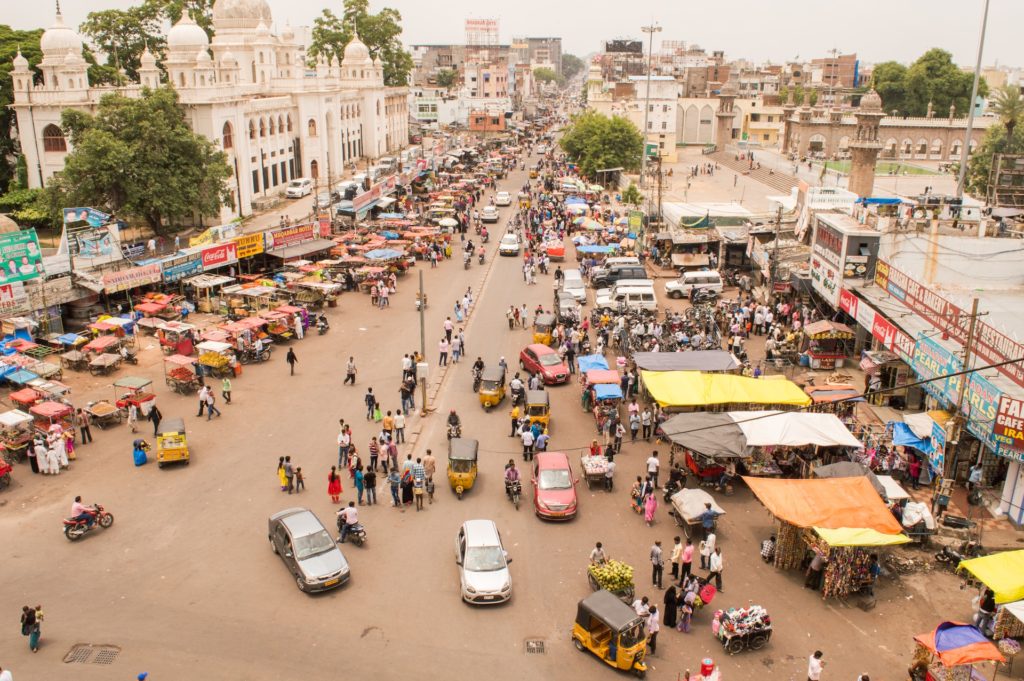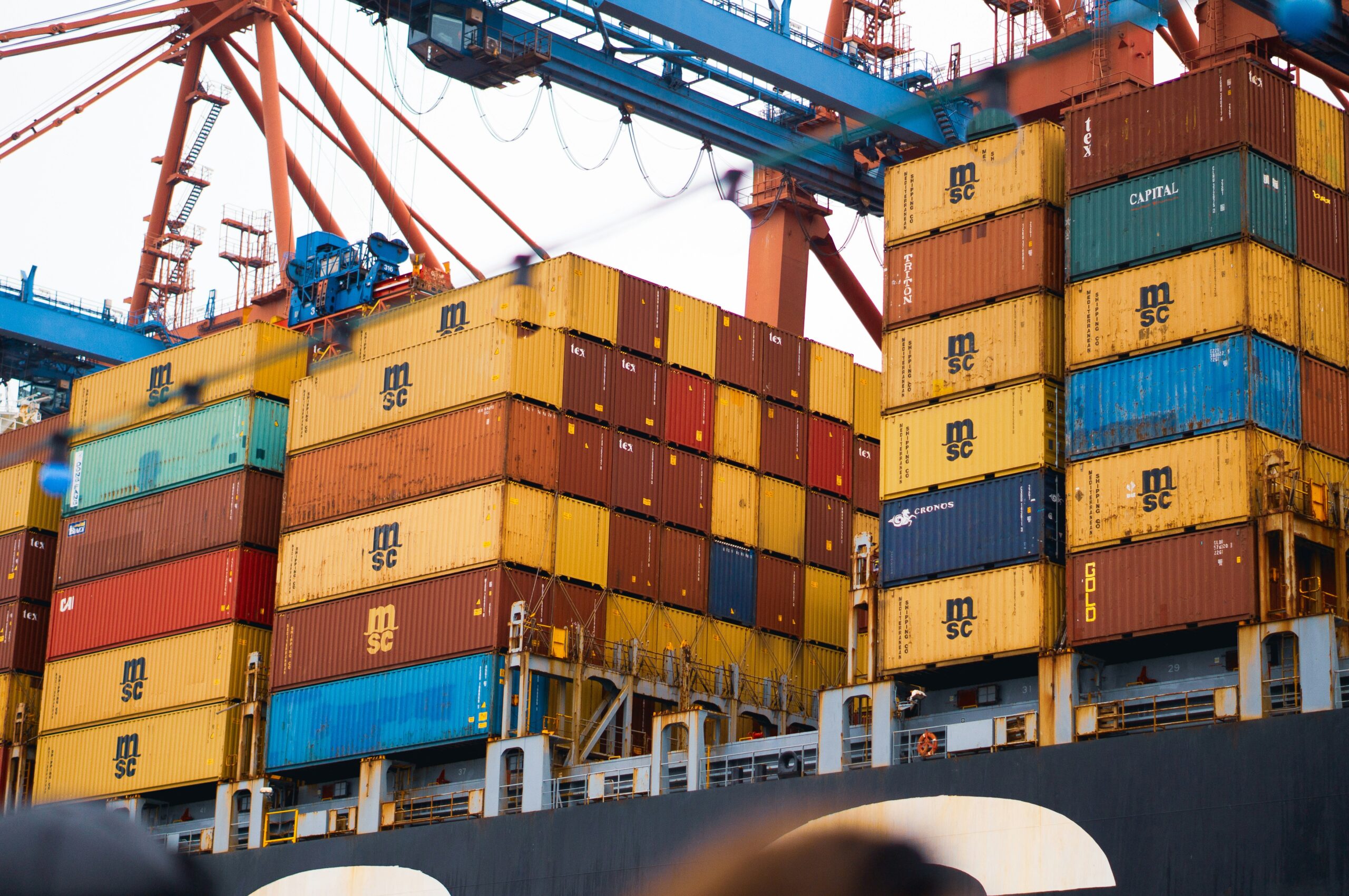Some of the fastest-growing economies in the world are found in Africa, which is taking on a bigger and bigger role on the international scene. The rapidly expanding middle class on the continent, which is expected to triple in size by 2030, represents a larger labor force and greater spending power than before.
African countries have young, expanding, and increasingly urbanizing populations, and family incomes are rising all over the continent. One-fifth of the world’s population—roughly 1.7 billion people—will reside on the African continent by the year 2030. U.S. companies are well positioned to supply the rising demand for goods and services since the infrastructural gap in Africa is closing and the region is ready for mass industrialization.
Despite the economic potential, doing business in African markets is not without its difficulties. Trade restrictions brought on by a lack of infrastructure may require businesses to integrate vertically to fill up any gaps in the value chain. High levels of competition may also come from well-established businesses or newcomers who have institutional support from their home governments. Businesses may encounter gaps in their knowledge of African marketplaces.

Africa’s biggest exports
The map below illustrates the variety of goods exported by African economies, including everything from gold and diamonds to soft drink concentrates, while also emphasizing a general reliance on commodities.
The Bank of America Merrill Lynch shared a map that depicts the situation around the world, especially in Africa. Although services are not included, it provides an interesting look at exports across the continent, from Zimbabwe to Algeria.
The paper, which was published as a part of their Transforming World Atlas, describes the risk presented by a volatile world commodities market. The impact of the commodities downturn is being felt all over Africa because so many of the continent’s economies rely on the export of minerals, metals, and oil.
An African snapshot
Dark blue and orange are frequently seen throughout Africa, highlighting the significance of commodities to the economies of the continent. These exports control the economies of numerous countries, from Algeria in the north to Zambia in the south.
Consider Nigeria, where oil and petroleum products are the country’s top exports; the OPEC estimates that the country’s oil and gas industry contributes more than one-third of its GDP.
As Professor Calestous Juma clearly states: “Africa is being forced to reassess its historic dependence on raw material exports due to the present fall in world commodity prices.” However, he thinks this offers a chance for countries that depend on commodities to switch from extractive to learning economies.
It’s not just oil and gas
However, the chart also illustrates the diversity of exports from Africa. Food and beverage exports, such as those of coffee, grains, and animals, are significant in the east.
Another significant industry is that of textiles and apparel. The largest exports from Morocco, Tunisia, and Lesotho are textiles, apparel, and footwear. Equally important to the economy of Mali, Togo, and Benin is cotton.
Precious metals and minerals are the main exports from the south and center. These include diamonds in Namibia and the Democratic Republic of the Congo, gold in Tanzania and South Africa, and platinum in Zimbabwe.
Transportation of Africa
There were highly established transportation systems in several areas of precolonial Africa. During the ensuing colonial era, these systems were reorganized to enter the interior from seaports and, primarily, to serve the colonial rulers’ commercial and administrative demands. The juxtaposition of various and challenging terrains, the economic artificiality of some national frontiers, the lack of developed intra-African trade, and the strong orientation of commodity trade with the administering countries were the causes of their fragmentation, resulting in only thinly developed interregional links.



